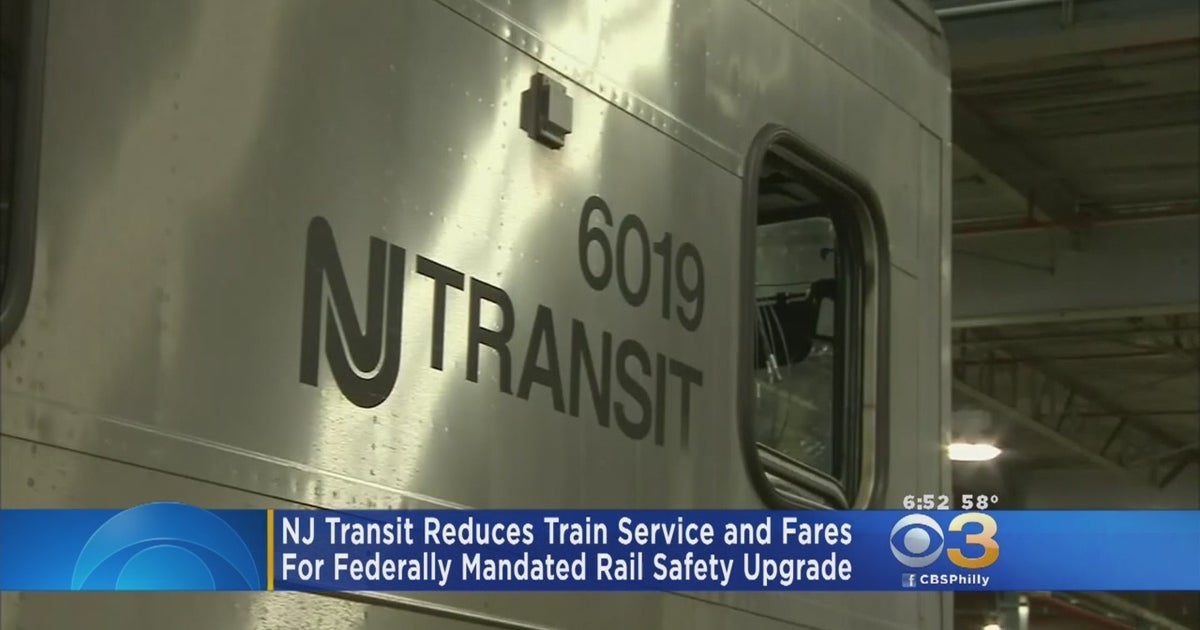

I convened a cross-agency task force, with team members from communications, fare enforcement, finance, government relations, graphic design, information technology, light rail service delivery, marketing, planning, and user experience design. These factors can influence customers to consider competing alternatives like ride-hailing apps. Left with an unvalidated ticket through no fault of their own, they worried whether a fare-enforcement officer would believe them or impose a fine. Only when a fare-enforcement officer appeared and asked for a validated ticket did newcomers realize their error.Ĭustomers also highlighted the potentially negative experience when mechanical validators malfunction or run out of ink. Moreover, new customers often thought that purchasing a ticket was enough to ride light rail.

On NJ Transit’s three light rail systems serving the New York City and Philadelphia metro areas, customers and employees have long faced a fare system that required them to purchase paper tickets. To build a better, safer experience, I made contactless fare payment for light rail a priority, and collaboratively delivered digital daily tickets for more than 82,000 daily light rail customers in seven weeks, start to finish.


When I worked for NJ Transit, I strengthened equity for light rail riders by giving them the same ability as bus and rail riders to buy digital tickets in the app.


 0 kommentar(er)
0 kommentar(er)
